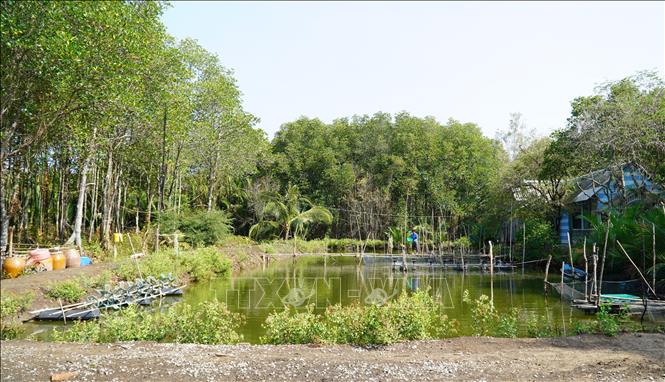
Grouper pond of farmers in Linh Huynh commune (Hon Dat district, Kien Giang province) raised under the canopy of protective forest.
“With more than 2 hectares of water surface, I release 2,000 - 5,000 fish fry each batch and harvest about 2-3 tons of fish each year. Thanks to the main source of food from nature combined with a little bit of fish food (small trash fish), the profit is higher than industrial farming, each year my family earns about 200 - 300 million VND,” Mr. Khanh shared.
Mr. Danh Trung, Tho Son commune, Hon Dat district (Kien Giang province) said that his family used to be a poor Khmer household, with a rather difficult life.
By 2013, the local government considered and advised to enter the protective forest area to contract forest land to care for and protect the forest, and to raise aquatic products for economic development.
According to Mr. Trung, in the first 3 years, due to lack of experience, the family only exploited the natural shrimp and fish resources available in the pond, so the annual income was only about 30 - 50 million VND.
“In 2016, after learning about some aquaculture models, I bought crab and tiger shrimp seeds and kept them in the cage for about a month before releasing them into the pond. At the same time, I used probiotics to improve the water source and create a natural food source in the pond.
Thanks to that, with 3 hectares of contracted forest land, each year my family harvests more than 1 ton of shrimp, crab, and fish; the profit is about 100 million VND; the family also escapes poverty and can take better care of the 2 children's education", Mr. Trung shared.
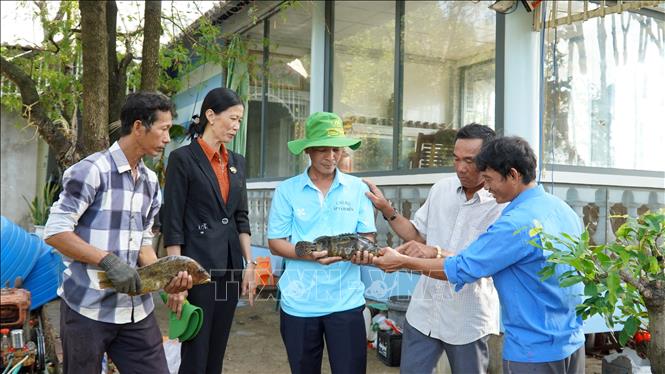
Farmers visit the grouper farming model of Mr. Tran Duy Khanh's household in Linh Huynh commune (Hon Dat district, Kien Giang province).
Having been involved in aquaculture in protective forests for more than 20 years, Mr. Vo Van Thu, Linh Huynh commune, said that with an area of about 5 hectares of natural shrimp and fish farming including: tiger prawns, hungry fish, catfish, brown fish, each year he earns from 200 - 300 million VND.
Recently, to increase economic efficiency, Mr. Thu has released more giant tiger prawns and sea crabs, and used probiotics to improve water sources and create algae to feed aquatic species. In addition to taking care of economic development, Mr. Thu also regularly visits the forest to prevent illegal logging.
“Before receiving the forest land, the forest owners mainly made a living from natural seafood, but shrimp and fish gradually decreased, the forest owners’ lives became more difficult, so the forest trees were also destroyed. Thanks to the policy of allowing 30% of the aquaculture area to be exploited, the people’s lives here are better than before and there are no more cases of illegal logging like before,” said Mr. Thu.
According to Mr. Le Van Giau, Head of the Department of Agriculture and Rural Development of Hon Dat district, the district's protective forest is about 6,500 hectares.
There are 3 communes that strongly develop aquaculture models under the forest canopy, including Tho Son, Linh Huynh, Binh Son with species such as tiger shrimp, whiteleg shrimp, sea crab, blood cockles and fish species.
In recent years, the unit has demonstrated a number of aquaculture models invested in by the province for reference by households, and has also organized training on techniques for getting water into aquaculture ponds, selecting breeds, and caring for aquatic products for farmers.
Mr. Giau assessed that aquatic species raised under the protective forest canopy in a biosafety manner, without using chemical feed and drugs, have better meat quality than those raised in industrial or semi-industrial models.
In the coming time, the district will coordinate with related sectors and enterprises to link aquaculture production according to VietGAP process to increase the value of livestock species and increase farmers' income.
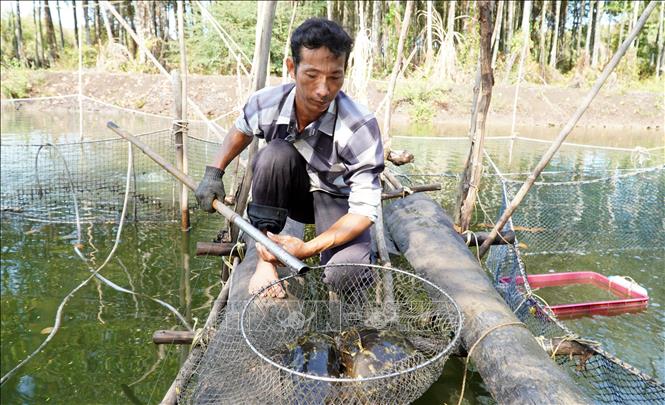
Mr. Tran Duy Khanh, Linh Huynh commune (Hon Dat district, Kien Giang province) raises grouper under the protective forest canopy for an income of more than 100 million VND/ha.
Also a district with a large area of coastal protection forests in Kien Giang, in recent years, An Bien district has had a variety of economic development models under the canopy of protective forests.
Mr. Le Van Thuan, Nam Thai A commune, An Bien district (Kien Giang) said that his family used to raise shrimp and crab in a protected area, but in recent years, due to the impact of climate change, the economic efficiency of the model has decreased, so in 2020, he and some local farmers looked for other models to convert production.
At that time, Mr. Thuan and some farmers in the commune were supported by the Mekong Delta Integrated Climate Resilience and Sustainable Livelihoods Project. He and some households switched to raising blood cockles under the forest canopy.
Participating in the project, farmers are supported with 50% of the cost of seeds, biological products, environmental measuring tools, and are trained in techniques for selecting seeds and treating water sources, so the model is highly effective.
"After more than 3 years of raising blood cockles, the profit has increased about 3 times compared to raising shrimp and crabs. Currently, large blood cockles of about 80 pieces/kg are priced at 140,000 VND/kg; medium sized blood cockles of 100 pieces/kg are sold for 90,000 VND/kg. Blood cockles can be harvested after 10-12 months of farming and my family's average profit is about 100 million VND/ha/crop," said Mr. Thuan.
According to Mr. Trang Minh Tu, Head of the Department of Agriculture and Rural Development of An Bien district, the coastal protection forest in An Minh and An Bien districts is 60 km long, with an area of over 4,000 hectares, with natural conditions suitable for raising aquatic species such as: tiger prawns, whiteleg shrimp, crabs, sea fish and blood cockles.
Along with traditional aquaculture models, for about 5 years now, many households have contracted forest land to promote the development of blood cockle farming models, bringing economic efficiency 2-3 times higher than before. The district currently has more than 5,000 hectares of blood cockle farming, including areas in coastal protection forests. In 2023, the aquatic product output in the protection forest area will be more than 50,000 tons, blood cockles over 16,000 tons.
"In addition to bringing in profits of 50-60 million VND/ha, aquaculture models under protective forest canopy, especially blood cockle farming, also create jobs for hundreds of local people with a stable income of 8-9 million VND/month. In particular, people have seen the benefits and effectiveness of forest protection combined with aquaculture, contributing to the locality's protection of protective forests," Mr. Tu added.
According to the Department of Agriculture and Rural Development of Kien Giang province, in 2011 the province issued regulations on planting, protecting and using coastal protection forests and has so far assigned more than 1,900 households to plant forests and exploit water surface areas for aquaculture.
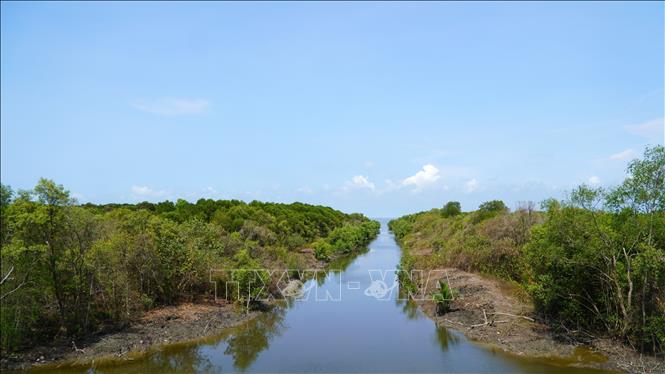
Coastal protection forest of Linh Huynh commune (Hon Dat district, Kien Giang province).
At first, some households that received forest land contracts were not very aware of forest protection. Later, thanks to the relevant sectors and local authorities, especially forest rangers and forest management boards, they stepped up propaganda to help people understand the importance of forest protection. At the same time, some aquaculture and goat farming models were also expanded to help increase income and stabilize people's lives.
Mr. Le Huu Toan, Director of the Department of Agriculture and Rural Development of Kien Giang province, said that forest management has been actively implemented in recent times, limiting illegal loggers and some people from cutting down forests for firewood and charcoal. Economic models under the canopy of protective forests have been really effective, helping to improve people's livelihoods, especially for poor households and coastal ethnic minority households.
"To sustainably develop the aquaculture model under the forest canopy, the province focuses on propagating and mobilizing people to participate in cooperatives and cooperatives to link production to create stable output; pay attention to investing and implementing programs and projects to support people to participate and access new scientific and technical advances in aquaculture production and farming, combined with developing ecotourism under the forest canopy.
At the same time, the provincial agricultural sector will strengthen the direction of its affiliated units to do a good job of environmental monitoring, checking the quality of water sources and breeds to ensure production and aquaculture for the people," Mr. Toan emphasized.
Source: https://danviet.vn/nuoi-ca-mu-ca-dac-san-thit-ngon-ngot-duoi-tan-rung-o-kien-giang-nguoi-ta-tranh-nhau-mua-20240601002855188.htm


![[Photo] Readers line up to visit the photo exhibition and receive a special publication commemorating the 135th birthday of President Ho Chi Minh at Nhan Dan Newspaper](https://vphoto.vietnam.vn/thumb/1200x675/vietnam/resource/IMAGE/2025/5/17/85b3197fc6bd43e6a9ee4db15101005b)
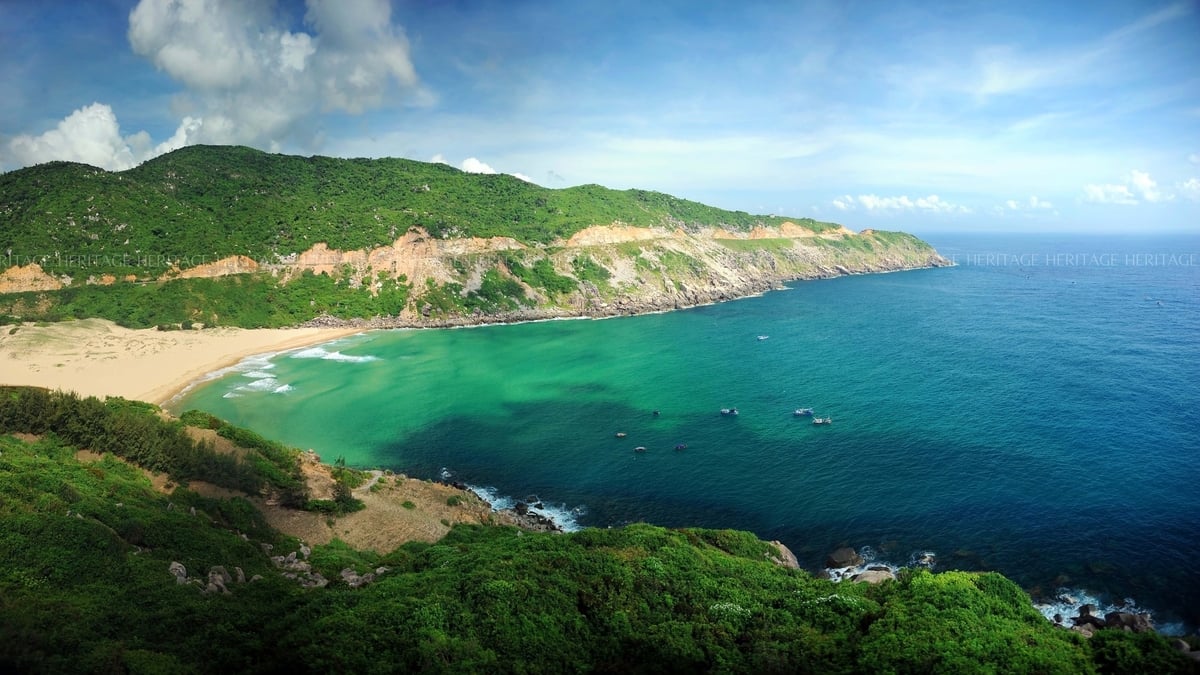
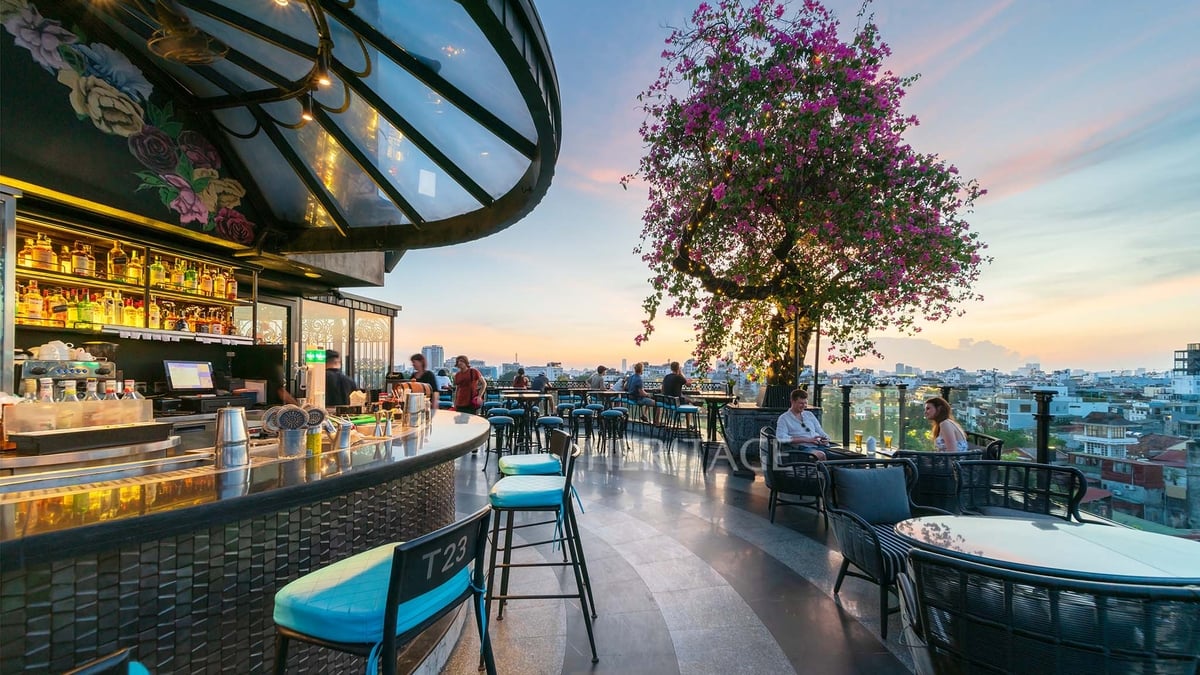

![[Photo] More than 17,000 candidates participate in the 2025 SPT Competency Assessment Test of Hanoi National University of Education](https://vphoto.vietnam.vn/thumb/1200x675/vietnam/resource/IMAGE/2025/5/17/e538d9a1636c407cbb211b314e6303fd)
![[Photo] Prime Minister Pham Minh Chinh chairs meeting on science and technology development](https://vphoto.vietnam.vn/thumb/1200x675/vietnam/resource/IMAGE/2025/5/17/ae80dd74c384439789b12013c738a045)


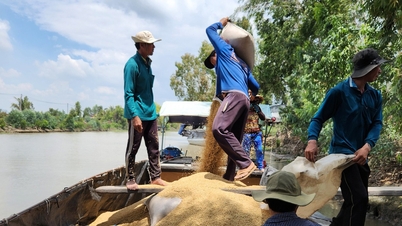

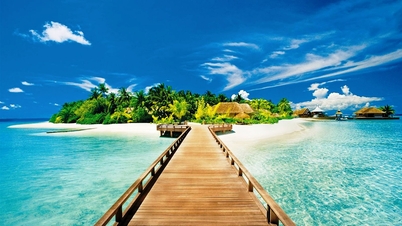



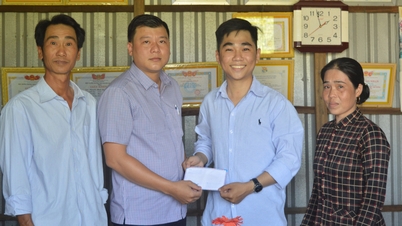
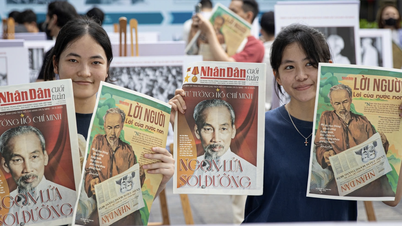

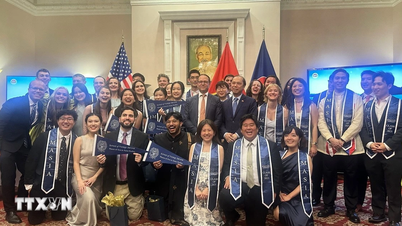

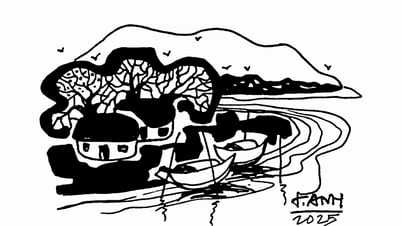









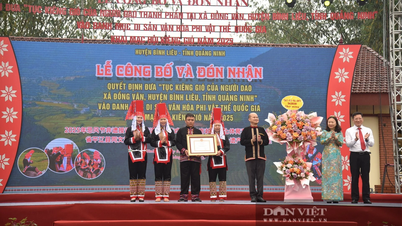
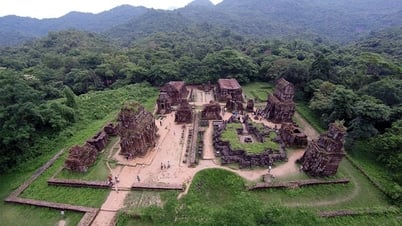
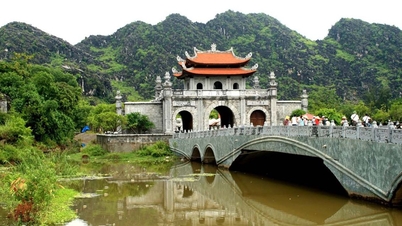
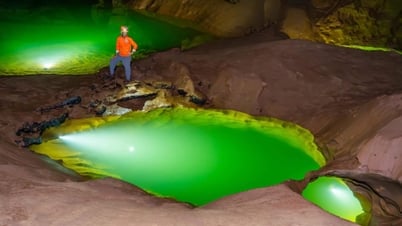
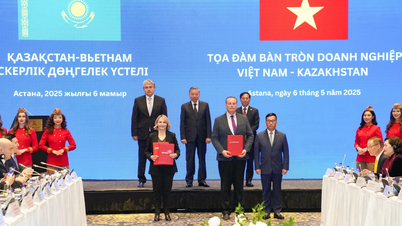

![[Photo] Nearly 3,000 students moved by stories about soldiers](https://vphoto.vietnam.vn/thumb/1200x675/vietnam/resource/IMAGE/2025/5/17/21da57c8241e42438b423eaa37215e0e)
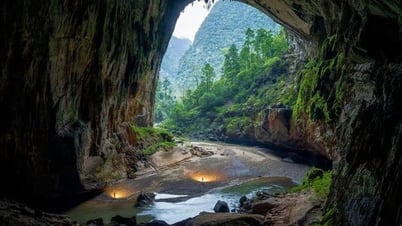
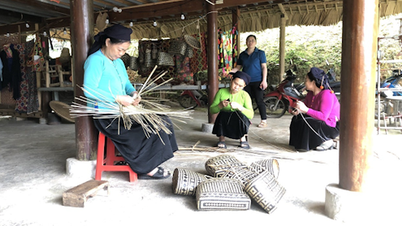

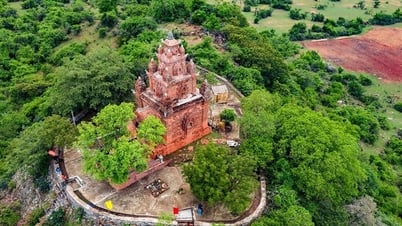

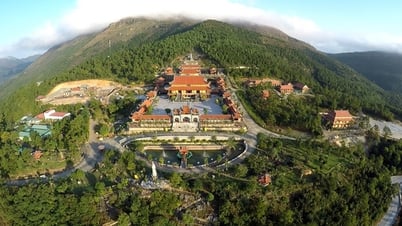

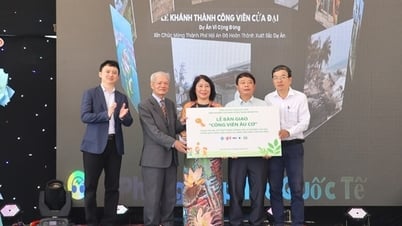

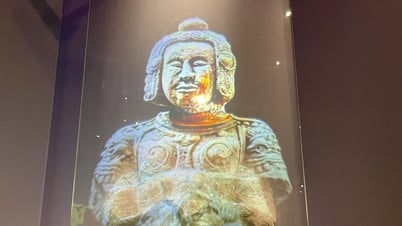
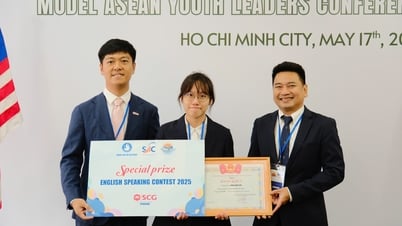
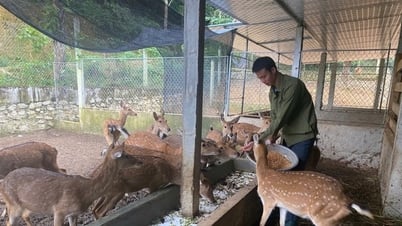



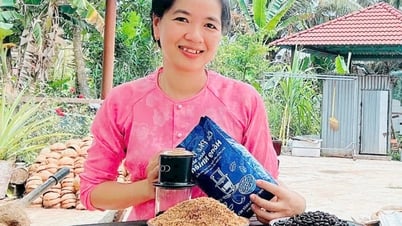

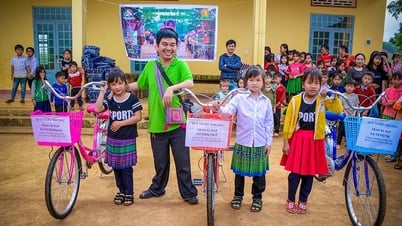

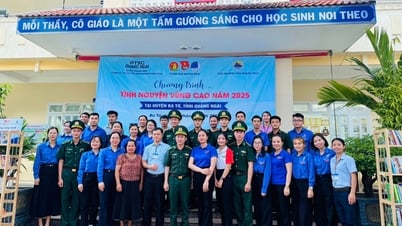

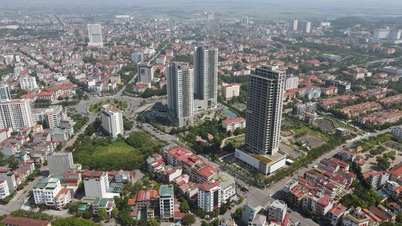

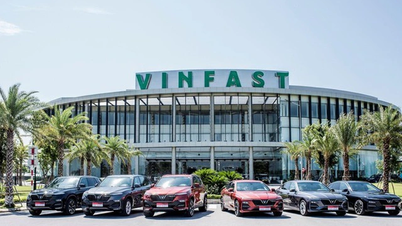






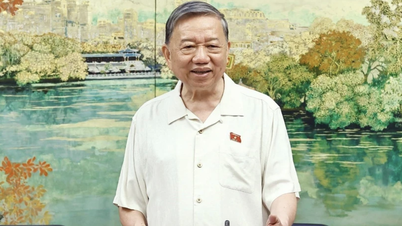
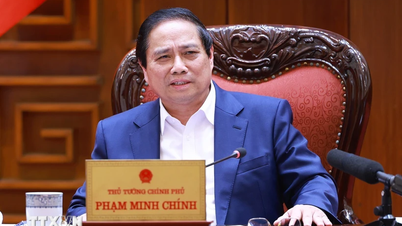
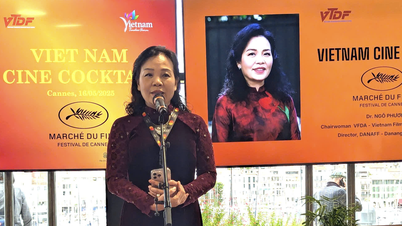

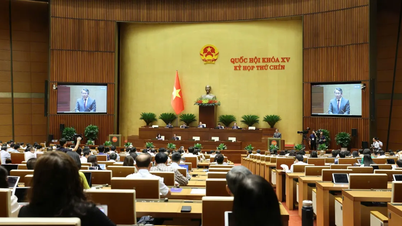

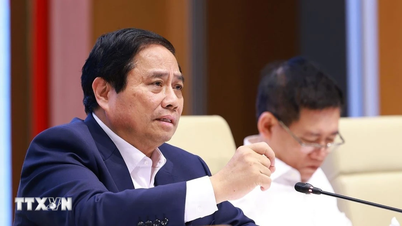
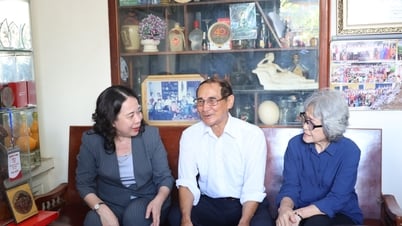

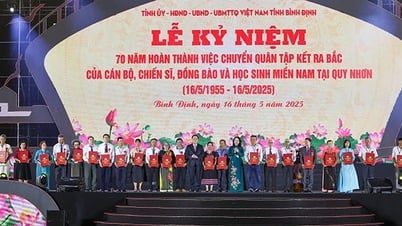
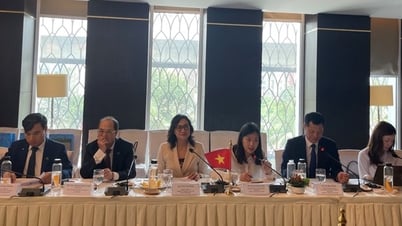





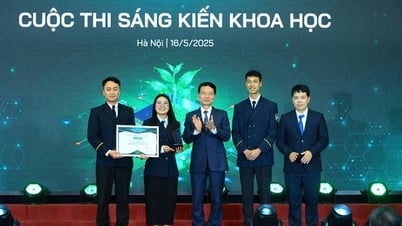
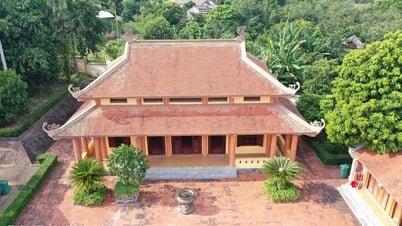

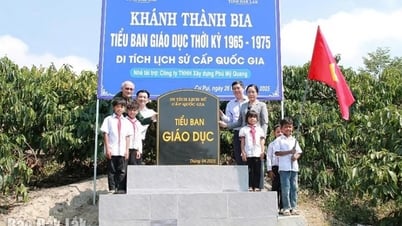
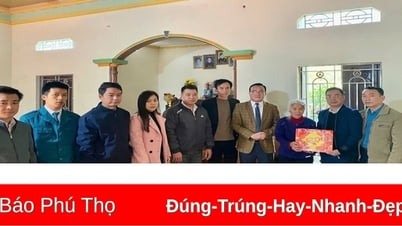


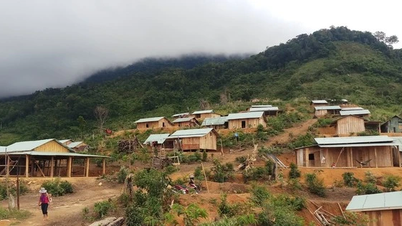

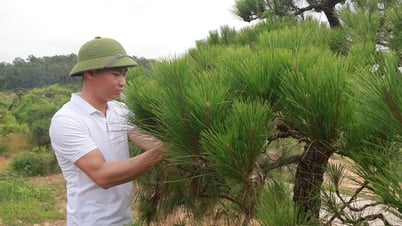











Comment (0)